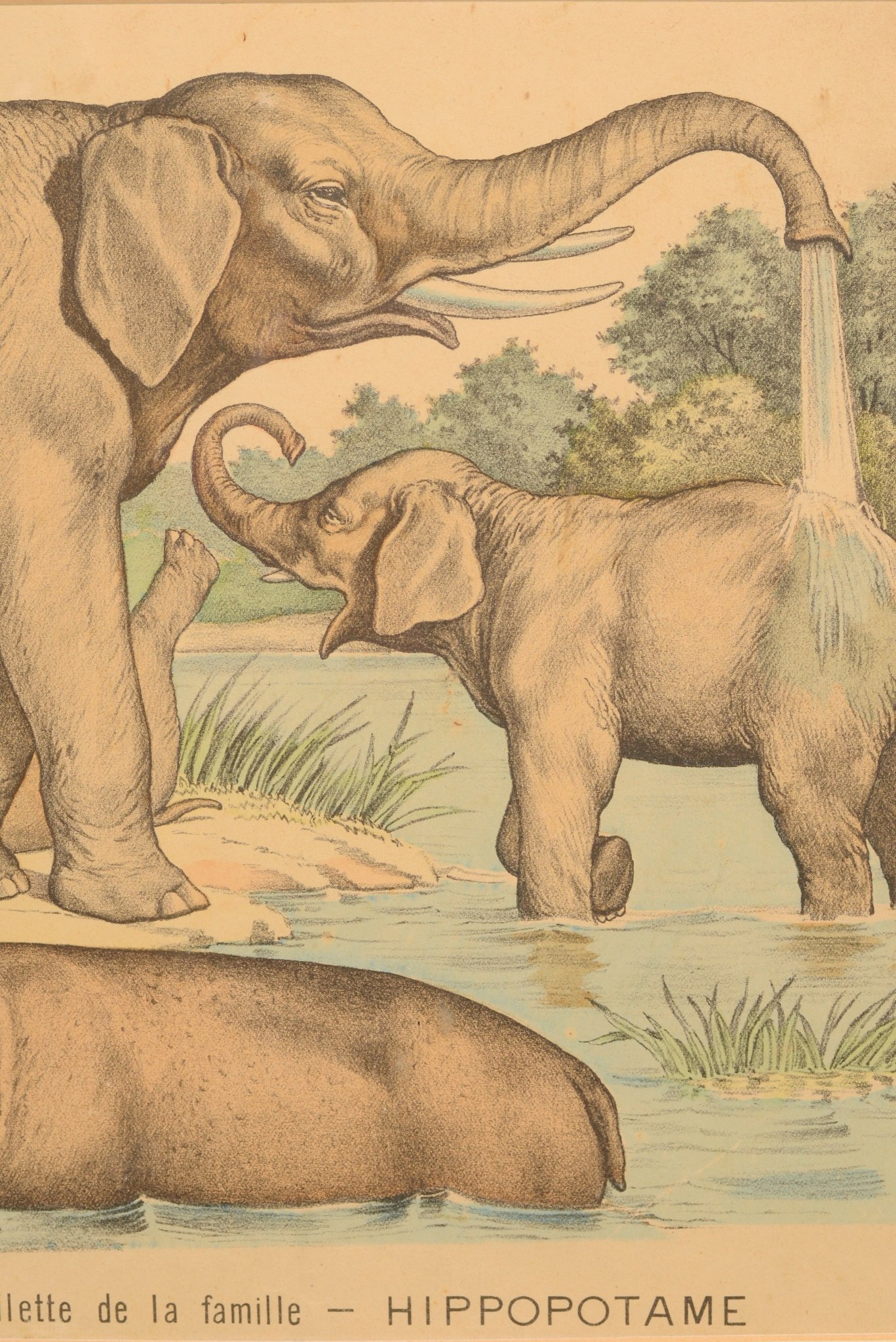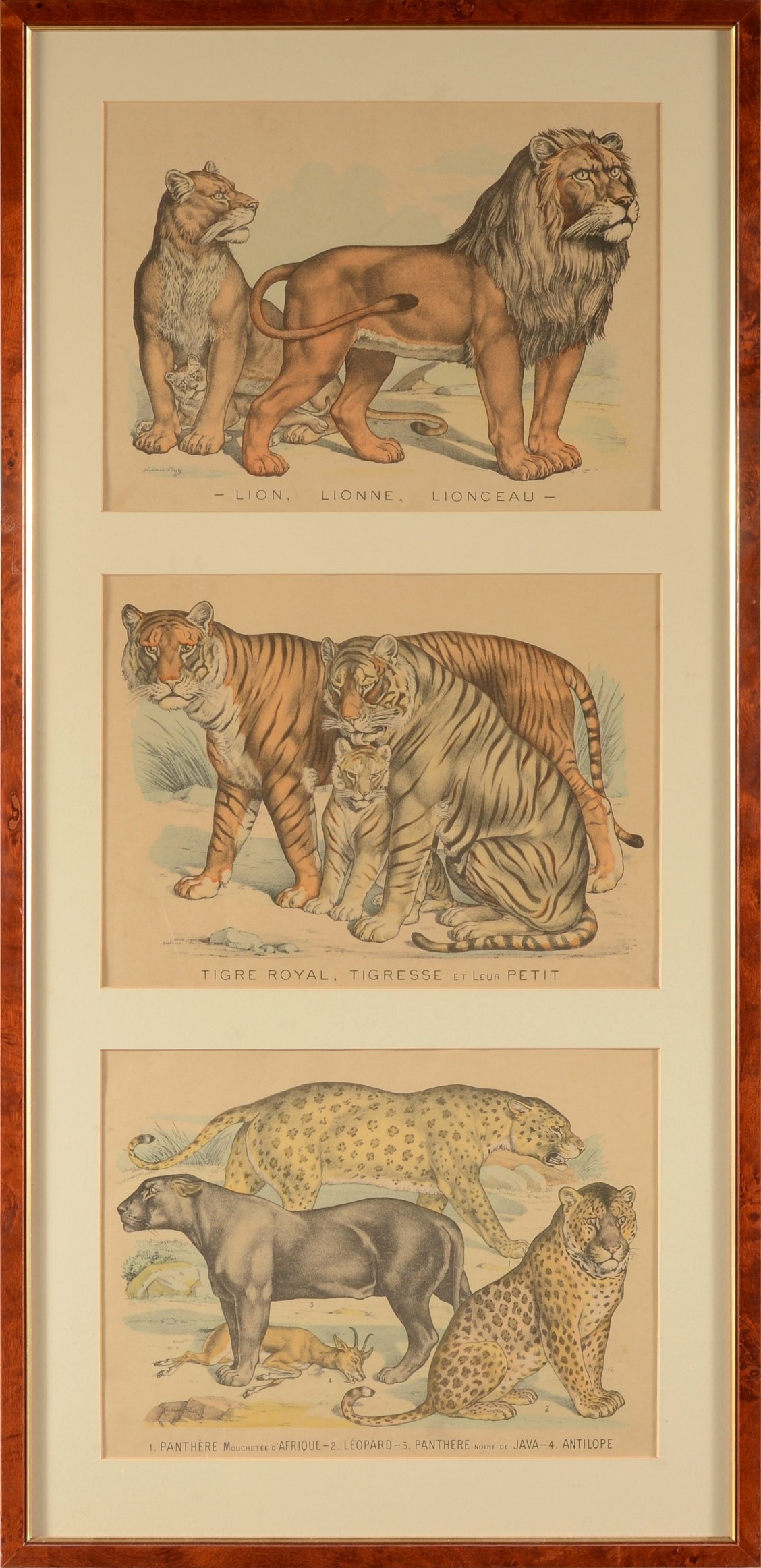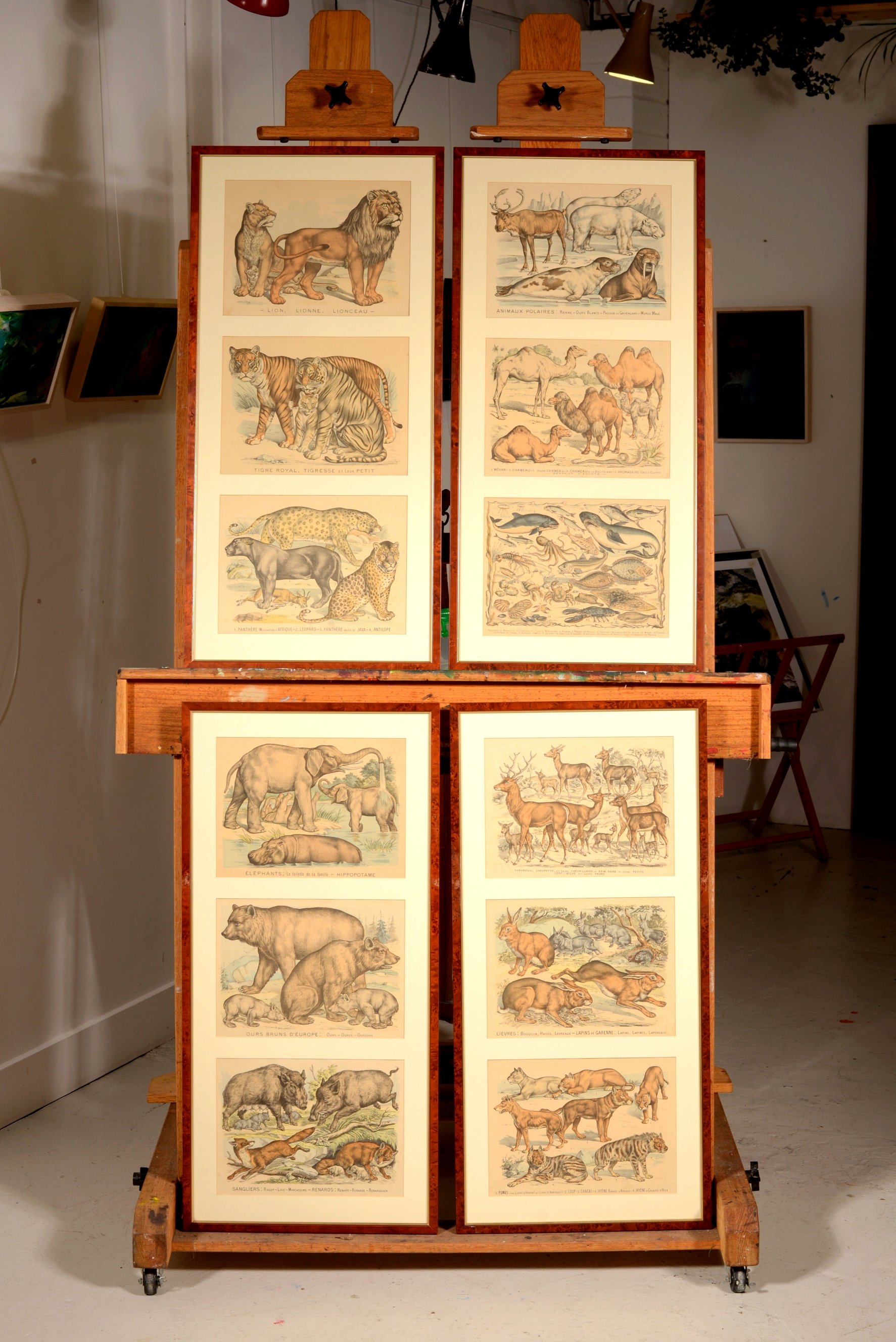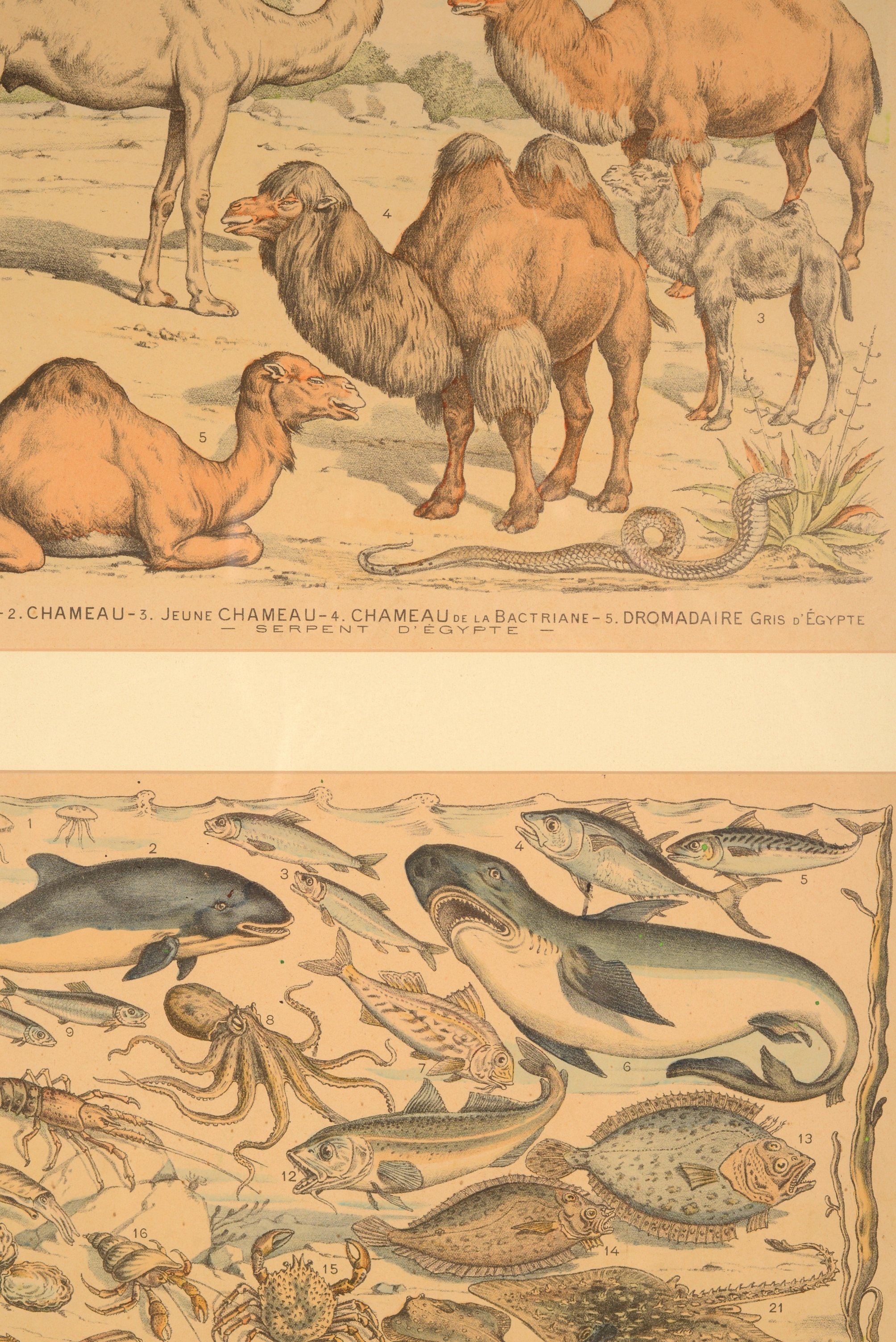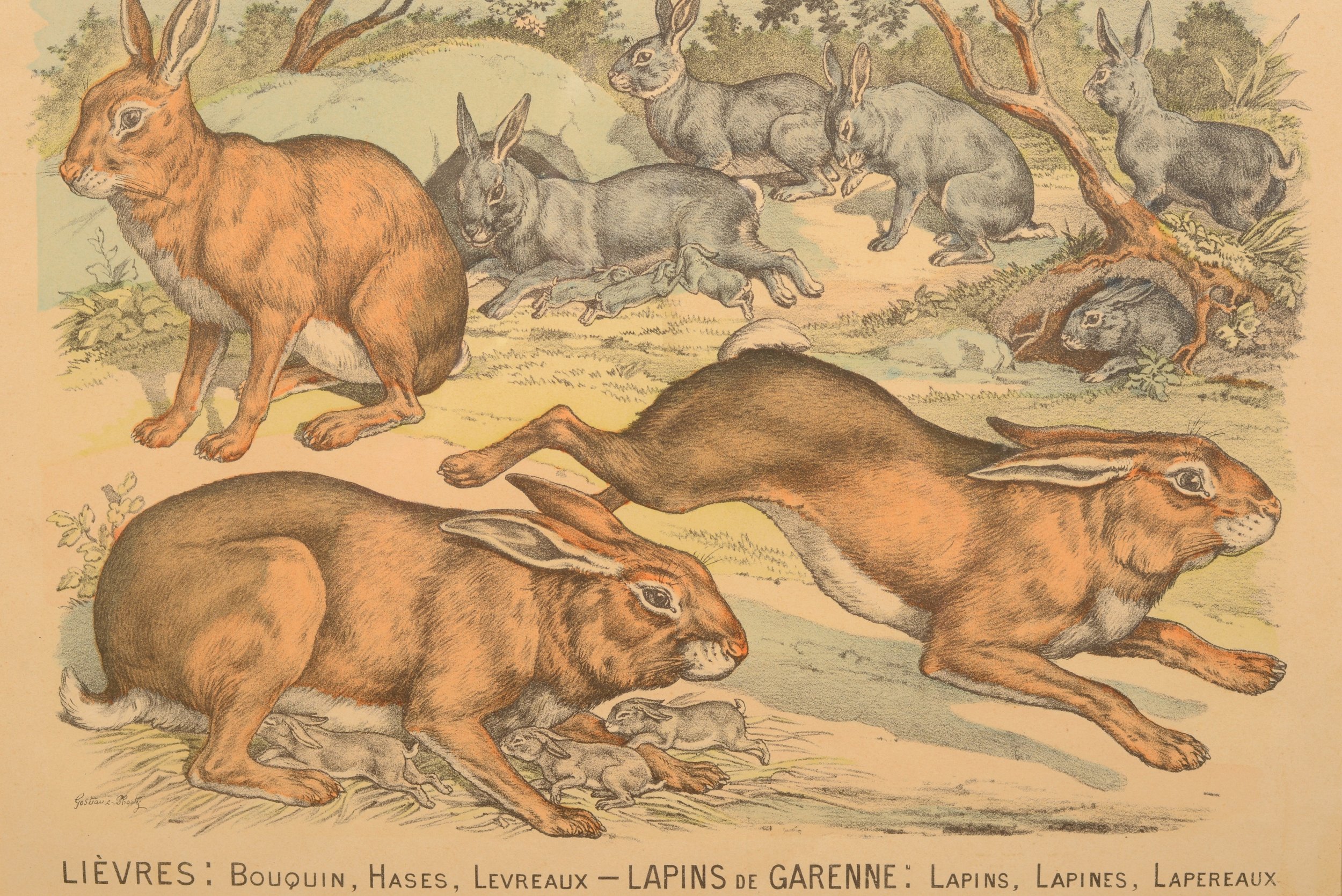 Image 1 of 2
Image 1 of 2

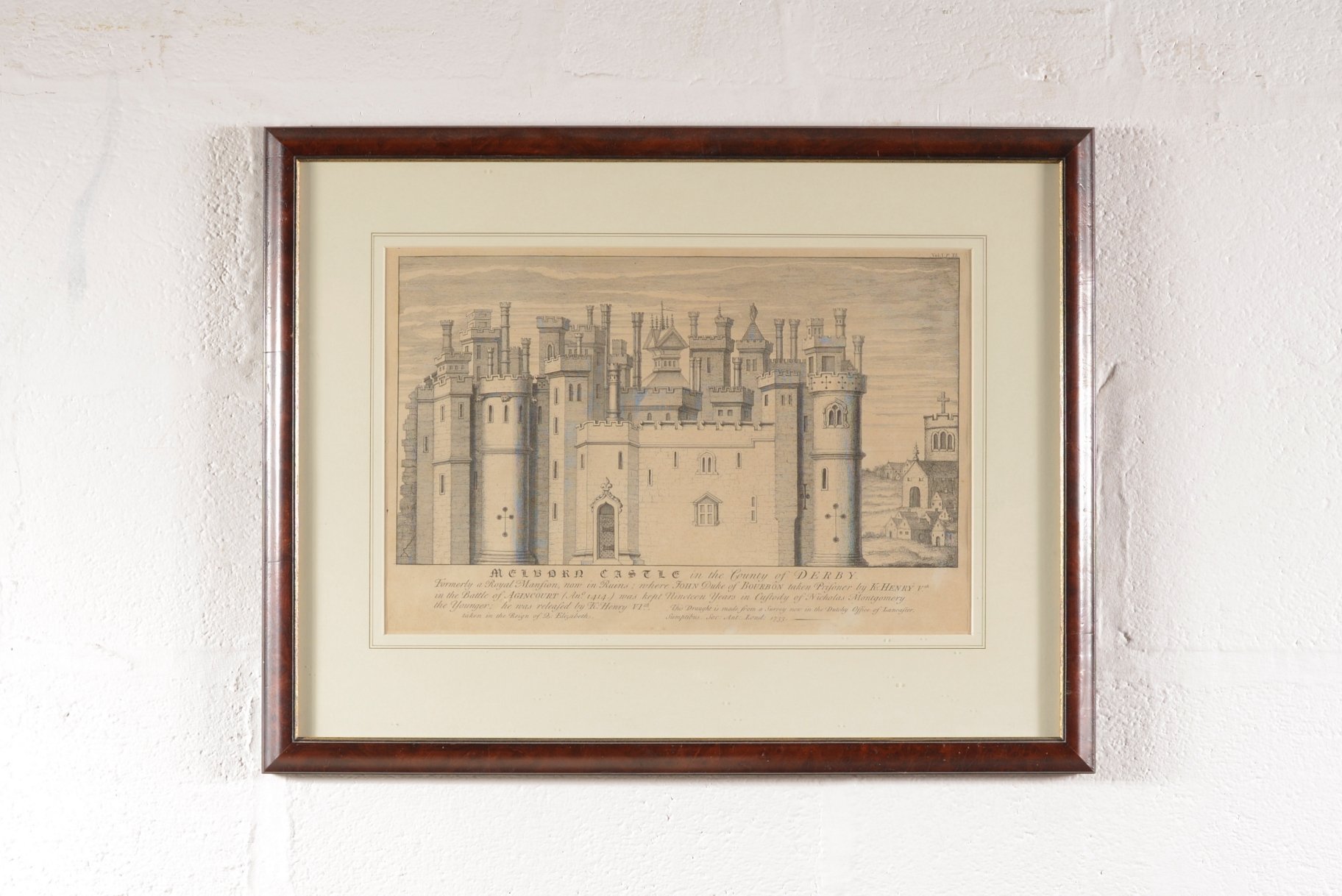 Image 2 of 2
Image 2 of 2



Two Architectural Engravings - 'Argile House' And 'Melborn Castle' - 18th Century
Two interesting antique architectural engravings, ‘Argile House’ and ‘Melborn Castle’.
Argile House (Hatton House):
While John, Duke of Lauderdale, lived at Thirlestane Castle (until 1682), his brother, Charles, lived in Hatton House. In the 1719 edition of Theatrum Scotiae, this prospect was wrongly named 'Argile House'.
Charles became 3rd Earl of Lauderdale on his brother's death in 1682. The house was demolished in 1955, three years after it was damaged by fire.
This plate was intended for Slezer's unpublished volume, The Ancient and Present state of Scotland. It was not included in Theatrum Scotiae until the 1719 edition.
Melborn Castle:
Melbourne Castle, Derbyshire, was a royal stronghold from the Middle Ages. The castle park was sold at the end of the 16th century and in 1604 the castle itself was purchased by Henry Hastings, 5th Earl of Huntingdon. It had been demolished by the time of his death in 1643. Some materials were re-used in Castle Farm house.
In walnut conservation frames by John Jones, London.
Condition:
In very good condition, no issues.
Dimensions:
52 cm high x 65 cm wide x 2 cm deep.
Shipping not included. Please email me with your postcode for a shipping quote george@holtbyandco.uk
Two interesting antique architectural engravings, ‘Argile House’ and ‘Melborn Castle’.
Argile House (Hatton House):
While John, Duke of Lauderdale, lived at Thirlestane Castle (until 1682), his brother, Charles, lived in Hatton House. In the 1719 edition of Theatrum Scotiae, this prospect was wrongly named 'Argile House'.
Charles became 3rd Earl of Lauderdale on his brother's death in 1682. The house was demolished in 1955, three years after it was damaged by fire.
This plate was intended for Slezer's unpublished volume, The Ancient and Present state of Scotland. It was not included in Theatrum Scotiae until the 1719 edition.
Melborn Castle:
Melbourne Castle, Derbyshire, was a royal stronghold from the Middle Ages. The castle park was sold at the end of the 16th century and in 1604 the castle itself was purchased by Henry Hastings, 5th Earl of Huntingdon. It had been demolished by the time of his death in 1643. Some materials were re-used in Castle Farm house.
In walnut conservation frames by John Jones, London.
Condition:
In very good condition, no issues.
Dimensions:
52 cm high x 65 cm wide x 2 cm deep.
Shipping not included. Please email me with your postcode for a shipping quote george@holtbyandco.uk


